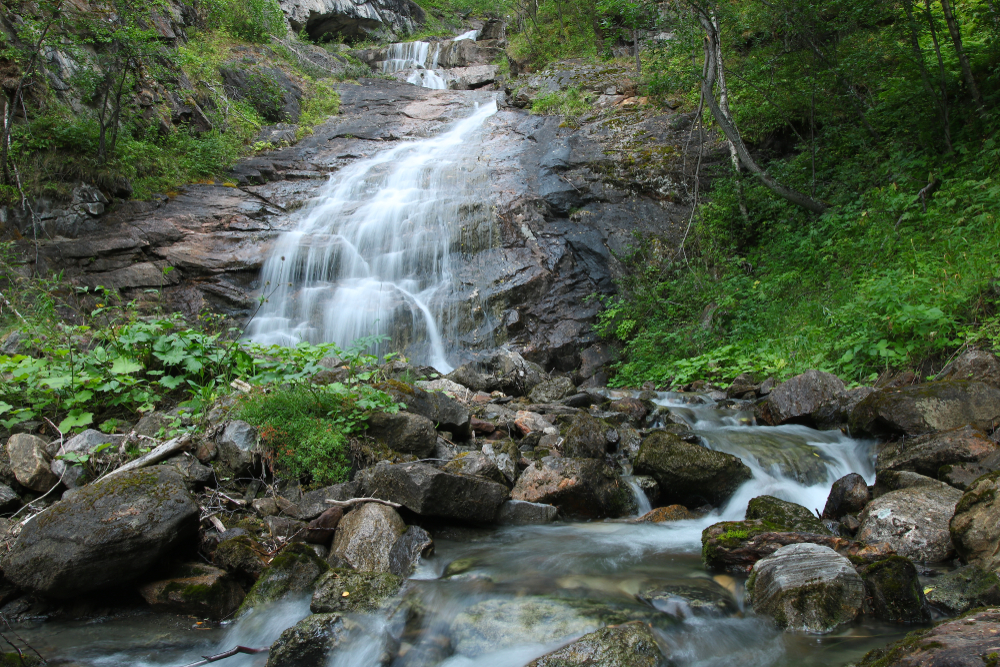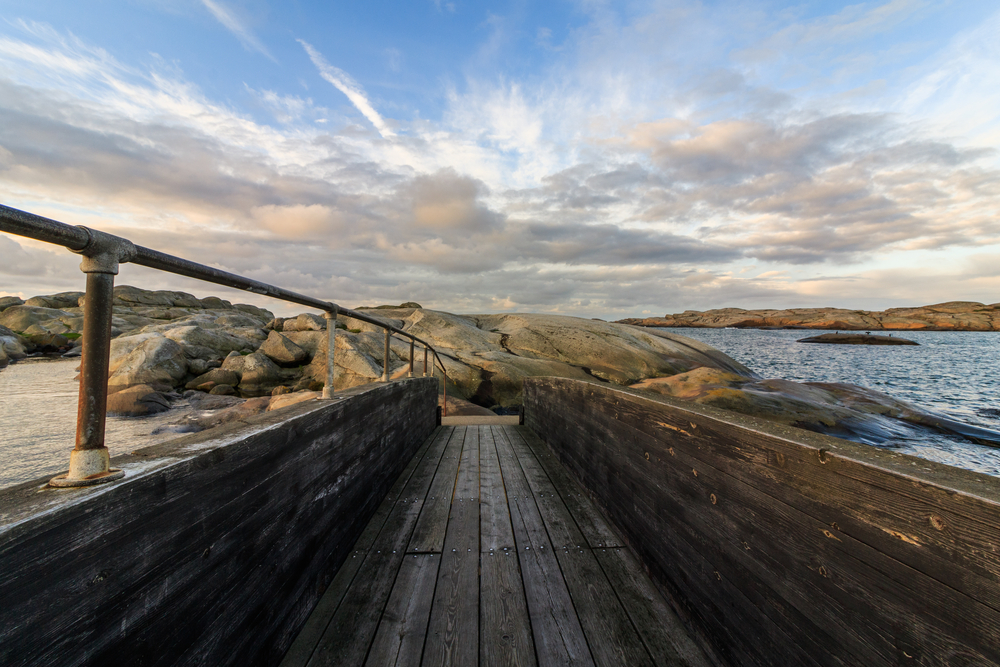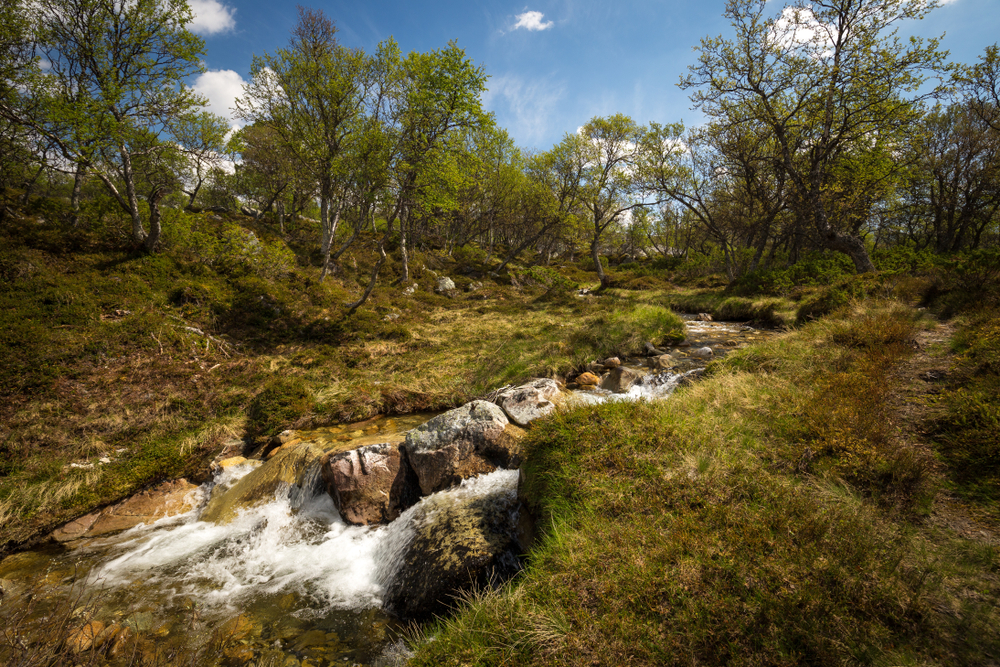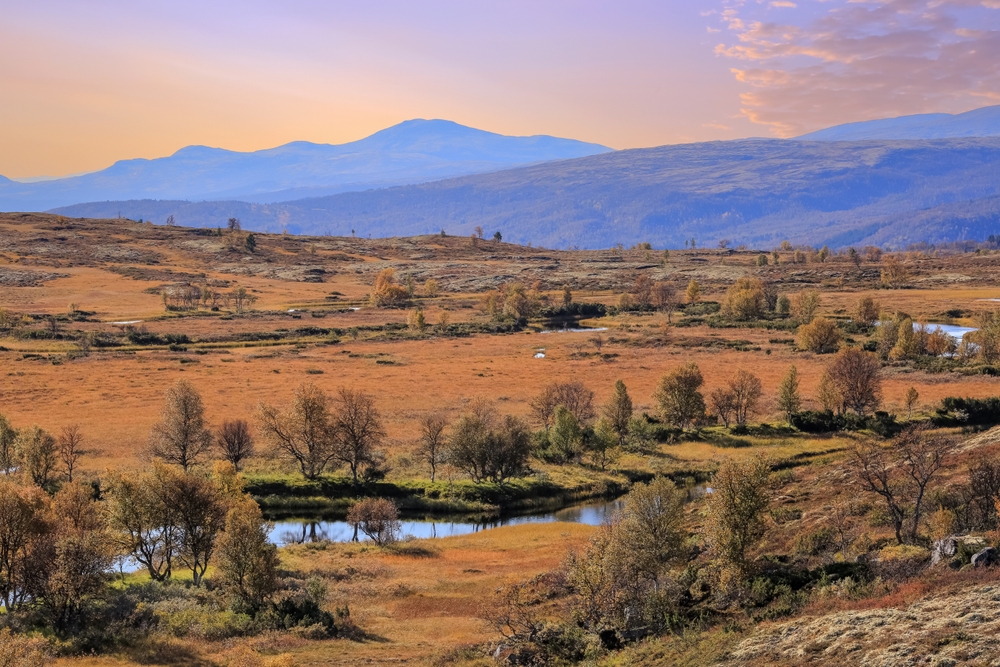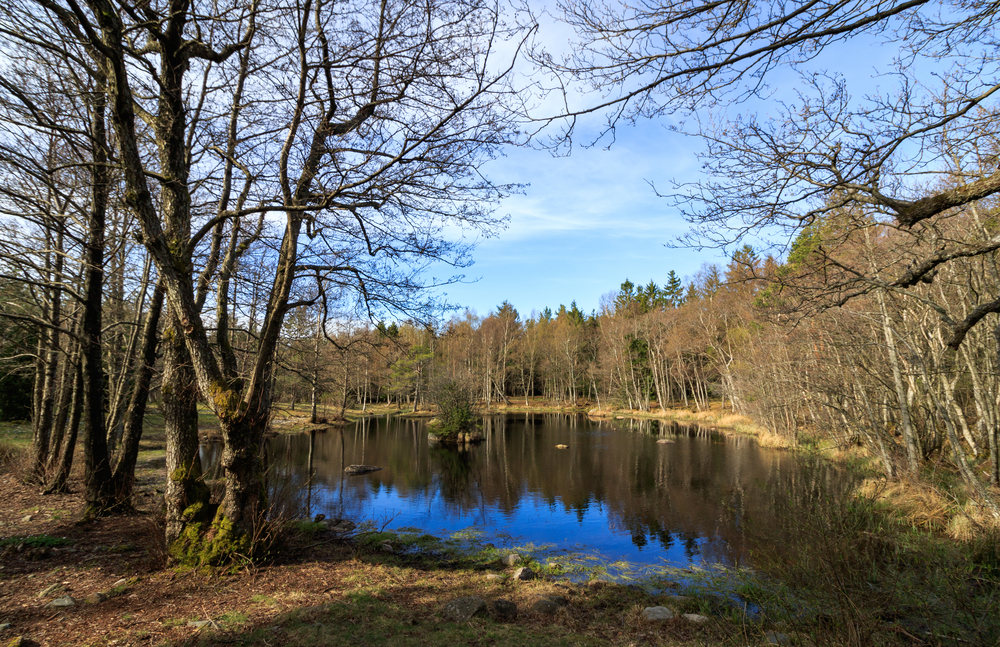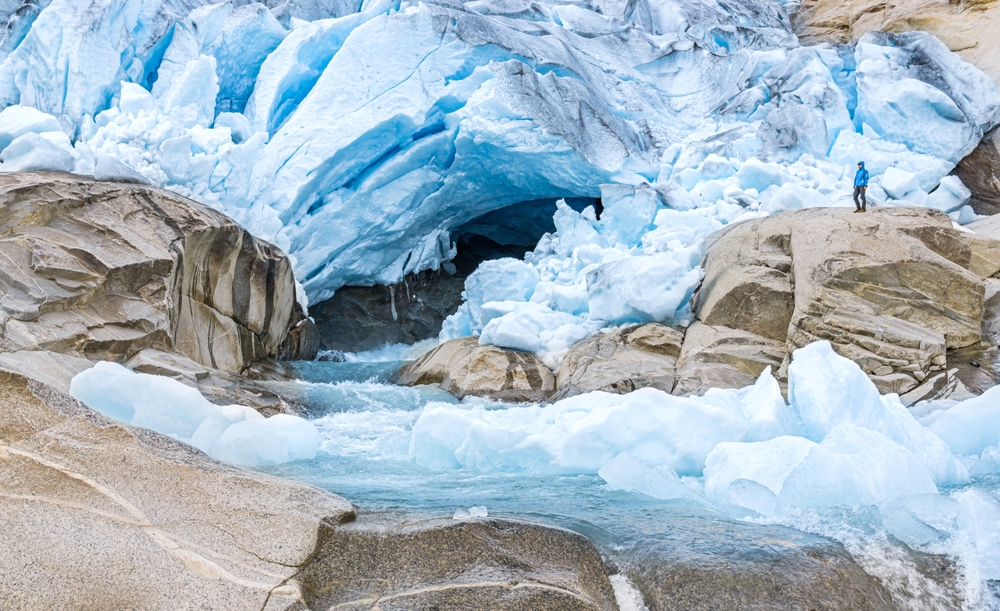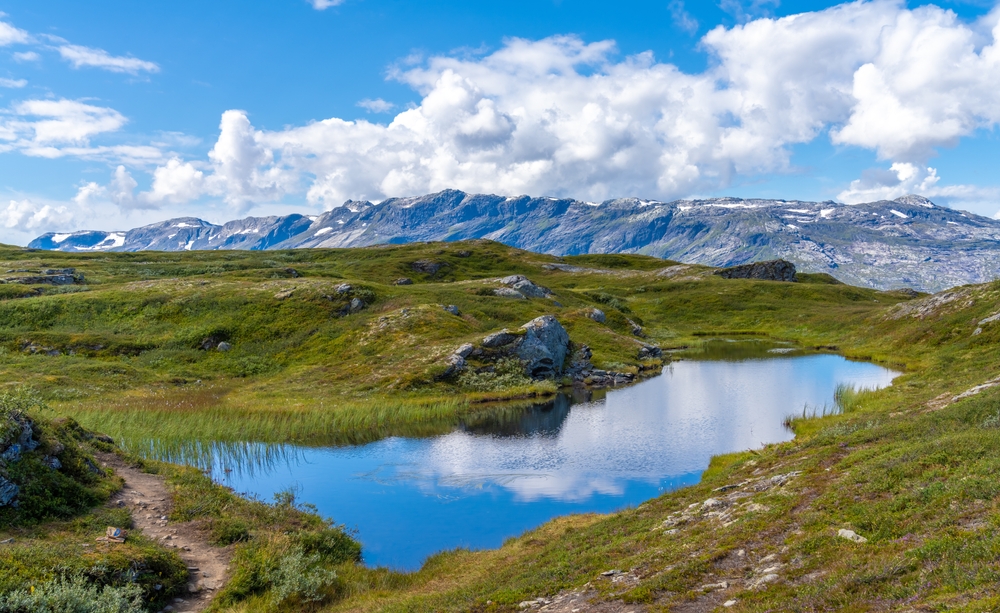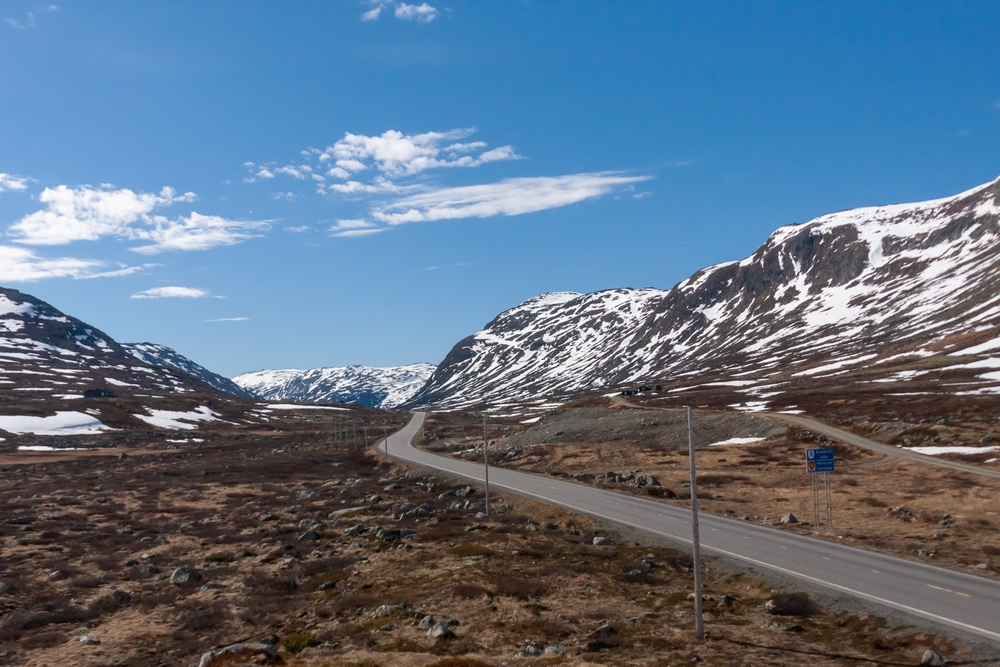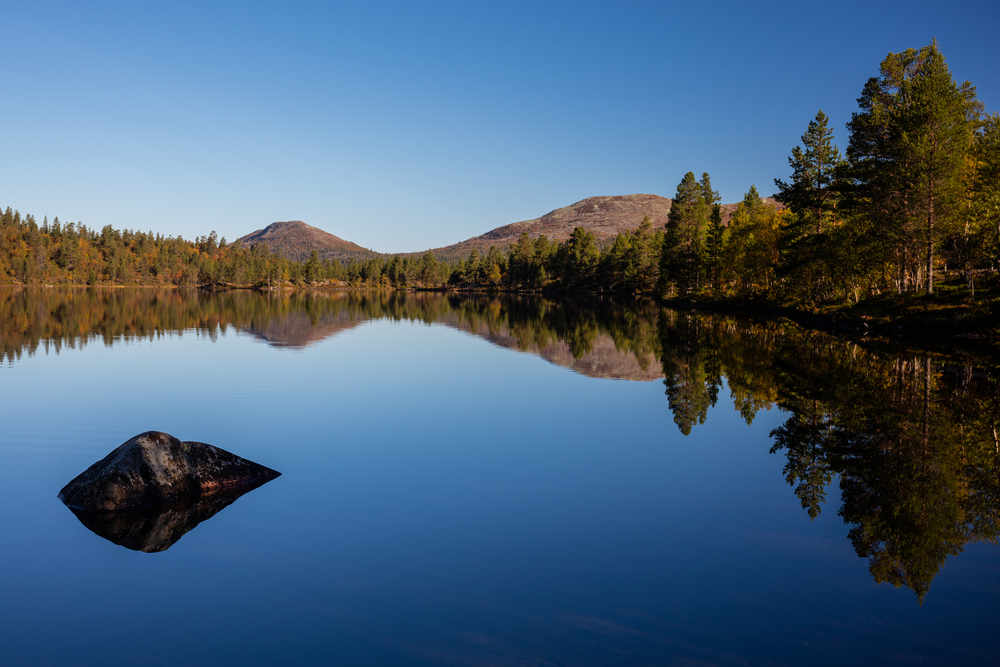Junkerdal Overview
Junkerdal National Park, or Junkerdal nasjonalpark in Norwegian, is a pristine natural reserve in Nordland County, Norway, near the Swedish border.
Covering approximately 278 square miles (720 square kilometers), the park is known for its dramatic landscapes, diverse wildlife, and untouched wilderness. The park lies within the municipalities of Saltdal and Fauske, offering visitors an immersive experience in Norway’s boreal forests, alpine plateaus, and rugged mountain terrain.
The park’s terrain is characterized by deep valleys, sharp mountain ridges, and expansive highland plateaus. The region is shaped by ancient glacial activity, resulting in stunning landforms such as the towering peaks of Solvågtinden and Ørfjellet. Junkerdal National Park is part of the Saltfjellet-Svartisen region, an area renowned for its unique geological formations.
The park’s landscape is dotted with numerous rivers and streams, including the Junkerdalselva, a river that flows through its heart, offering a lifeline for both wildlife and vegetation. The varied topography supports a range of vegetation, from dense boreal forests of spruce, birch, and pine to alpine meadows blanketed with wildflowers during the summer months. The area’s flora also includes rare Arctic plant species, remnants from the last Ice Age, which have adapted to the harsh climate.
Wildlife in Junkerdal National Park is abundant, making it a haven for nature enthusiasts and wildlife photographers. Large mammals such as moose and reindeer roam freely across the landscape, while predators like lynx and wolverines also inhabit the park. Although elusive, the wolverine is one of the most fascinating species in the area, symbolizing the park’s rugged and untamed nature.
Birdwatchers can enjoy sightings of golden eagles soaring over the valleys, as well as species like the Siberian jay and northern hawk owl, which thrive in the park’s remote forests. The presence of both boreal and Arctic species makes Junkerdal a unique ecological zone, where southern and northern fauna meet.
Visitors to Junkerdal National Park often seek out its hiking and trekking opportunities, with trails leading through untouched valleys and up to breathtaking viewpoints. The Nordland region is known for its solitude, and Junkerdal exemplifies this with its quiet, unspoiled wilderness.
Camping is a popular activity, allowing visitors to fully immerse themselves in nature, while fishing enthusiasts can take advantage of the park’s rivers and lakes, which are home to Arctic char and trout. During the winter months, the park transforms into a snow-covered wonderland, attracting cross-country skiers and those hoping to witness the northern lights in a truly remote setting.
Conservation efforts within Junkerdal National Park focus on preserving its fragile ecosystems, especially the protection of rare plant species and vulnerable wildlife. The park is carefully managed to prevent human impact from disrupting its natural balance. While logging and industrial development once threatened the region, conservation policies have helped maintain its pristine condition.
The Norwegian government, along with local environmental organizations, continues to monitor and regulate activities to ensure that Junkerdal remains a sanctuary for future generations. Sustainable tourism is encouraged, with visitors expected to follow Leave No Trace principles, ensuring that the park’s landscapes remain unspoiled.








































































